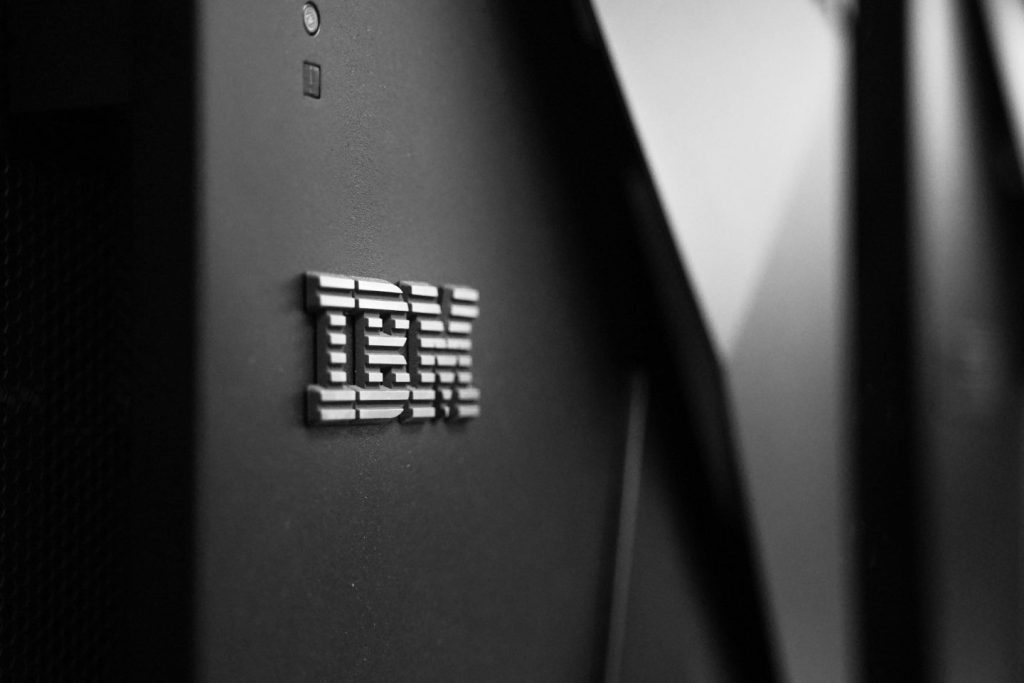Modern networks are getting messier by the day, and IBM thinks AI can help clean them up. The company is rolling out IBM Network Intelligence, a new system that blends analytical models with reasoning agents to help telecom operators and large enterprises keep their sprawling networks under control.
Today’s networks are made up of a tangled mix of vendors, domains, and data formats. They span on-premises systems, multiple cloud platforms, and countless connected services. While that flexibility is useful, it also creates a data mess. Information lives in separate silos, buried in different systems that don’t always talk to each other. Existing tools can collect data, but they’re not very good at connecting the dots in real time. That task usually falls on human operators, who spend hours stitching together clues to figure out what’s happening. It’s slow, tiring work that eats up time and often delays real solutions.
Even with improvements in automation and traditional machine learning, network teams are constantly playing catch-up. They’re under pressure to deliver low latency and uninterrupted service, but the manual processes they rely on just don’t scale. IBM sees this gap as an opportunity for a smarter approach – one that pairs AI’s ability to process massive amounts of data with human judgment and oversight.
The company’s answer is a dual-layer AI system. One layer handles the heavy lifting: analysing mountains of telemetry, alarm data, and network flows to find patterns that people might miss. The second layer reasons through that information, filtering out noise, suggesting likely root causes, and guiding teams toward solutions. IBM says the idea is to let AI deal with the scale and complexity while humans provide the context and trust needed to make decisions.
The analytical side is powered by Granite Time Series Foundation Models, a set of compact AI models developed by IBM Research. Models are trained on huge volumes of real network data from different environments, giving them a deep sense of how networks actually behave. Unlike statistical models or generic large language models, they’re built to catch subtle issues that often go unnoticed – like early warning signs of performance drops that haven’t triggered any alerts yet. This gives operators a clearer signal-to-noise ratio, which is crucial for trusting AI in such a sensitive space.
One key part of the system is its ability to bring together all kinds of networking data – design documents, vendor configurations, operational rules – into a single pipeline. Because the models are pre-trained, IBM says companies can start getting useful insights quickly without a long setup process.
Once the analytical engine has made sense of the data, the reasoning layer takes over. It uses generative AI and IBM’s watsonx technologies as intelligent agents that act almost like digital teammates. Agents detect anomalies, investigate what might be causing them, and come up with possible fixes. They can guide troubleshooting, help prioritise problems, and explain their reasoning in plain language.
This is meant to replace the “war room” scenario, where multiple teams gather to manually chase down the root of a network issue. Instead, agents continuously analyse cross-domain data, cutting down on false positives and surfacing only the most relevant problems. Over time, IBM believes this can make network operations more predictable, less reactive, and far less reliant on manual firefighting.
But IBM isn’t expecting companies to hand over control overnight. The plan is for most teams to run Network Intelligence alongside their existing performance and management tools at first, treating it like a second opinion. As trust builds and the system proves its accuracy, organisations can start shifting more responsibilities to AI, moving from scripted automation to a more autonomous, network-aware setup.
The company’s long-term goal goes beyond monitoring. IBM wants human-AI partnerships to extend into how networks are designed and built. In theory, if AI can understand networks well enough to detect problems early, it can also help shape smarter network architectures. Networks could eventually manage themselves more effectively, scaling without creating technical debt or creating new layers of complexity.
It’s ambitious, but one that fits where the telecom and enterprise worlds are headed. Networks can be too fragmented for humans to manage efficiently, and traditional tools are hitting their limits. By pairing analytical power with reasoning intelligence, IBM is betting that AI can turn network operations from a constant scramble into something more strategic, predictable, and – eventually – autonomous.

Want to experience the full spectrum of enterprise technology innovation? Join TechEx in Amsterdam, California, and London. Covering AI, Big Data, Cyber Security, IoT, Digital Transformation, Intelligent Automation, Edge Computing, and Data Centres, TechEx brings together global leaders to share real-world use cases and in-depth insights. Click here for more information.
Tech Wire Asia is powered by TechForge Media. Explore other upcoming enterprise technology events and webinars here.

